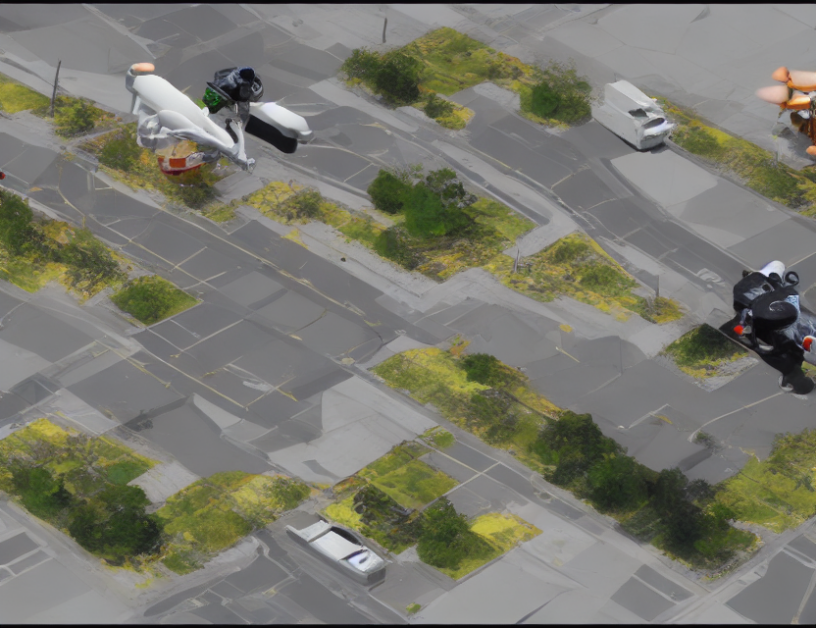In this article, we explore the challenges and opportunities of designing autonomous drones that can safely and effectively navigate complex environments. The authors argue that traditional approaches to drone design have focused too much on the technical aspects of the technology, such as sensors and algorithms, while neglecting the importance of understanding human behavior and needs.
To address this issue, the authors propose a new approach to drone design that prioritizes human-centered design practices. This involves creating prototypes that can be easily understood and manipulated by humans, and using these prototypes to develop a deeper understanding of how people interact with drones.
The authors also highlight the importance of creating machines that are "readable" and "writable," meaning that their inner states are visible and can be changed in response to human input. They argue that this approach will allow humans to work more effectively with drones, and will ultimately lead to the development of more intelligent and capable autonomous vehicles.
Throughout the article, the authors use engaging metaphors and analogies to help readers understand complex concepts related to drone design. For example, they compare the process of developing a drone’s "inner state" to cooking a meal, where you must first follow a recipe before adding your own creative touches.
Overall, the article provides a comprehensive overview of the challenges and opportunities in designing autonomous drones from a human-centric perspective. By prioritizing the needs and behaviors of humans, the authors argue that we can create more effective and efficient autonomous vehicles that are better able to meet the demands of real-world environments.
Computer Science, Human-Computer Interaction
Unconventional Visibility Solutions: Bodily Interactions with Drones



